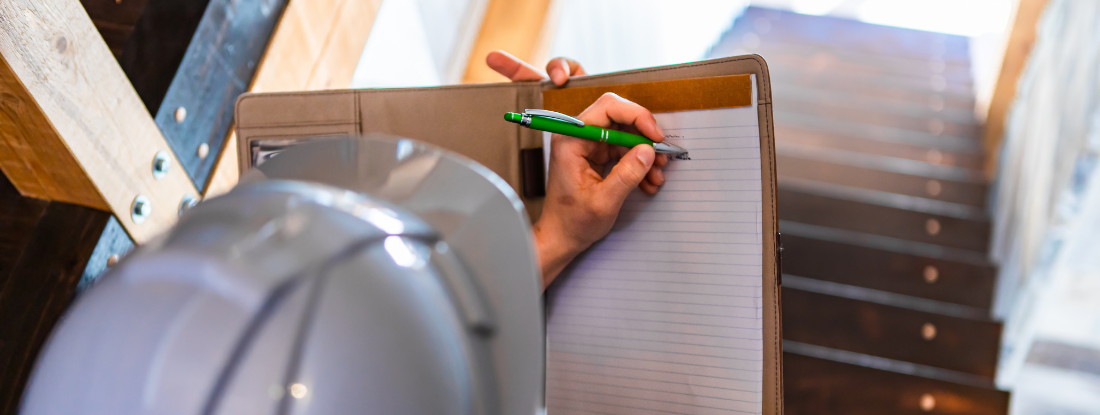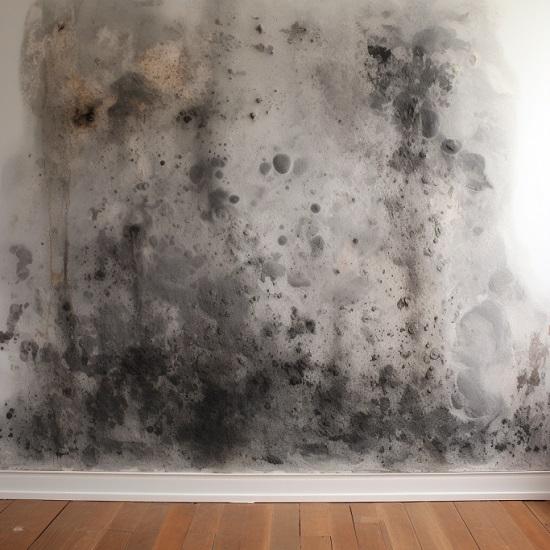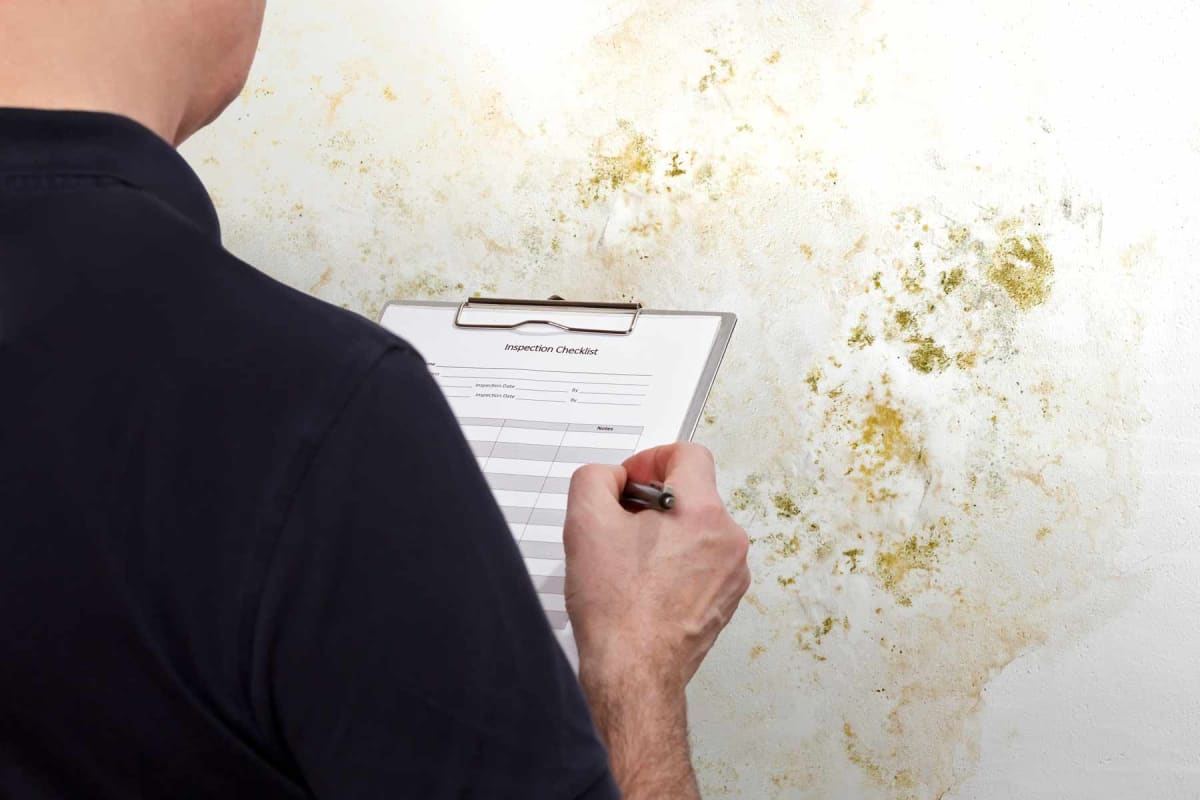Your Ultimate Guide to Post Mold Removal Techniques
In the after-effects of mold and mildew infestation, recognizing how to effectively eradicate the mold and prevent its reoccurrence is paramount for keeping a healthy and balanced indoor environment. From picking the right cleansing and disinfecting methods to implementing strategies for lasting mold and mildew prevention, each step in the remediation trip plays a critical role in ensuring a successful result.
Understanding Post-Mold Removal Refine
After completing the mold removal procedure, it is essential to recognize the post-mold removal methods that are essential to guarantee a thorough and effective cleaning. As soon as the mold has actually been removed, the next step involves cleansing and disinfecting the affected locations to avoid any regrowth of mold and mildew. This consists of using specialized cleansing representatives to wipe down surface areas and kill any kind of staying mold spores. It is necessary to dry the location entirely to discourage the development of mold and mildew in the future (After mold remediation). Proper ventilation and dehumidification can help in this procedure.
In addition, conducting a last assessment post-remediation is crucial to guarantee that all mold has been successfully gotten rid of. This inspection needs to include a thorough visual check in addition to potentially air sampling to validate the absence of mold and mildew spores airborne. Added remediation might be needed if the inspection exposes any type of lingering mold. Lastly, informing owners on safety nets such as managing dampness degrees and promptly attending to any kind of water leaks can assist maintain a mold-free environment.
Reliable Cleaning Up and Sanitizing Techniques

Preventing Future Mold Growth

Relevance of Appropriate Air Flow
Proper ventilation plays a vital duty in preventing dampness accumulation, an essential consider mold and mildew development within interior settings. Efficient ventilation systems assist remove excess humidity from the air, minimizing the opportunities of mold and mildew spores finding the wetness they need to sprout and spread. Without ample air flow, indoor areas can come to be a breeding place for mold and mildew, causing possible health Go Here threats and architectural damage.
By making sure correct air circulation, air flow systems can likewise help in drying out wet locations extra rapidly after water damages or flooding events, further preventing mold and mildew growth. After mold remediation. Precede like restrooms, cellars, attics, and kitchen areas where wetness levels have a tendency to be higher, mounting and keeping efficient air flow systems is important in stopping mold infestations

Surveillance and Upkeep Tips
Provided the important role that appropriate ventilation plays in avoiding mold and mildew development, it is crucial to develop effective tracking and upkeep pointers to make sure the continued performance of ventilation systems. Surveillance humidity degrees within the home is also vital, as high moisture can contribute to mold and mildew growth. By staying positive and attentive to the problem of air flow systems, property proprietors can efficiently alleviate the danger of mold and mildew regrowth and preserve a healthy interior atmosphere.
Final Thought
To conclude, post-mold remediation strategies are vital for making certain a secure and tidy atmosphere. Comprehending the procedure, implementing efficient cleaning and decontaminating methods, protecting against future mold and mildew development, maintaining appropriate air flow, and regular monitoring are all vital action in the remediation procedure. By following these guidelines, you can effectively eliminate mold and mildew and stop its return, advertising a healthy and balanced living or working space for all residents.
In the aftermath of mold infestation, understanding just how to efficiently remove the mold and prevent its reoccurrence is vital for keeping a healthy indoor atmosphere. When the mold and mildew has been removed, the next step includes cleaning and sanitizing the affected areas to stop any regrowth of mold - Post Mold remediation cleaning. After eliminating visible mold and mildew growth, it is essential to cleanse all surfaces in the afflicted area to get click for more rid of any type of staying mold spores. To better improve mold avoidance steps, it is important to deal with underlying concerns that at first led to mold development.Given the vital role that appropriate air flow plays in protecting against mold and mildew development, it is important to establish effective monitoring and upkeep tips to ensure the continued functionality of ventilation systems